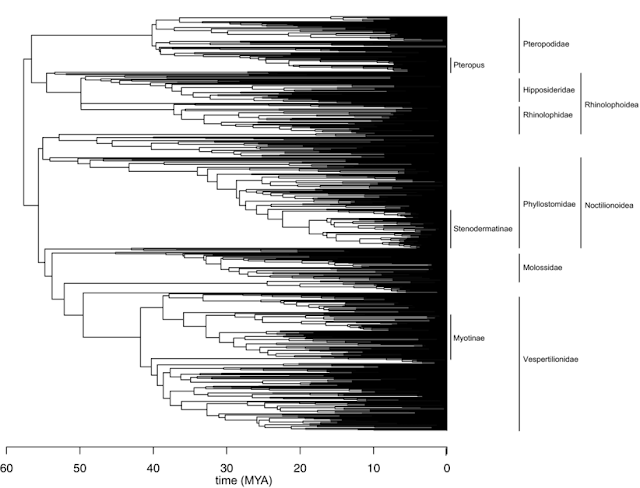Fig. 1 - Phylogeny of 812 bats, with timescale (Fig. 2 in Shi & Rabosky 2015)
The phylogeny shows speciation of the 6 major families of bats during the Eocene, around 40-55 Ma. The researchers report a homogeneous, even "explosive" diversification of most bats, with clades that radiated longer ago being more diverse today, but with an overall trend to decreased rate of speciation from the late Eocene into the present; one subfamily, however, the stenodermatines, defies the slower-speciation trend. This subfamily is characterised by relatively recent cranial adaptation for eating hard fruits; Shi & Rabosky suggest this venturing of a bat subfamily into a new niche could explain the radiation into such species richness within the hard-fruit-eating clade. As with all phylogenies, and especially those calibrated to an incomplete and ever-expanding fossil record, there is the risk that some species represented in the tree above are calibrated to incorrectly assigned fossils. Nonetheless, the fact remains that since an ancient mammal developed the ability to fly and entered the sky, thus entering into a previously mammal-free niche, bats have done extraordinarily well, adapting to an incredible number of ecosystems and habitats all over the world.
Fig. 2 - See? Bats are really really diverse.


No comments:
Post a Comment